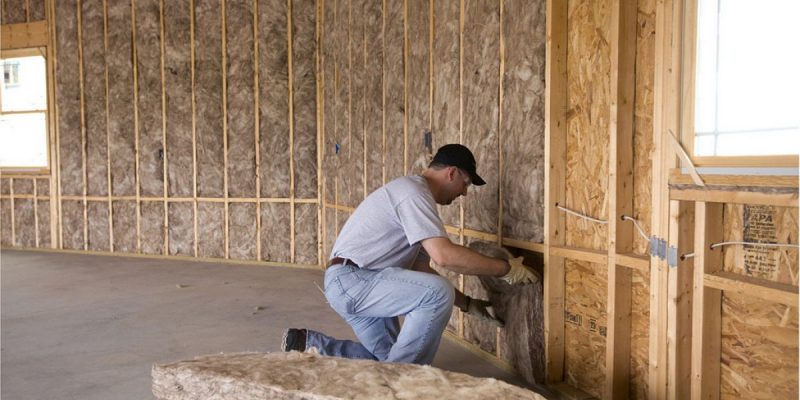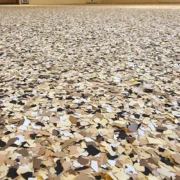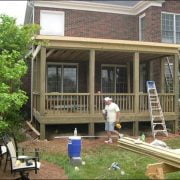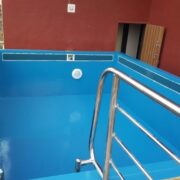Insulation is essential to making your home a comfortable place just like adding plants in your living space. It is the key to keeping your temperature consistent and keeping your energy bills under control.
How Does It Work?
Everything in nature requires energy to work. Nothing happens without some form of energy, like heat, light, and electricity. Even our bodies need these things to function properly.
Heat is one form of energy. Because warm air has more energy than cold air, it moves around more. It’s constantly looking for balance. Think about a hot oven in a kitchen. All of that heat energy is cramped up inside a metal box, but as soon as you open the oven door it comes pouring out into the room. People are the same way. If you were crammed into a bus with 100 people, you’d take the first opportunity you could get to exit the bus and stretch out a little.
So what keeps the heat from pouring out when the oven is closed? Insulation. It works because it’s tough for energy to travel through it.
A Little Bit of Physics
Normally, energy is carried around on free electrons. These are electrons that are not stuck orbiting around a particular nucleus. They are free to roam from one atom to another as they please.
Anything with a high count of free electrons is called a conductor. It’s easy for light and heat to move through a conductor. An insulator, on the other hand, doesn’t have that same capability. It makes motion very hard for heat. Glass is a great insulator, which is why is stops heat from pouring out of your oven. It’s not perfect, of course, but it does a great job.
Fiberglass
If glass is such a great insulator, wouldn’t it be great if we could find a way to stuff it into our walls to protect our home? It wouldn’t be very practical to use glass sheets on every wall surface, but it is possible to get glass into another, more usable form. That’s what we call fiberglass.
Fiberglass is, in fact, glass. It’s just been melted down and extruded through tiny holes in a spinning metal dish. It produces fine, hair-like fibers, which are then glued together into a blanket of insulation. This makes it easy to roll up, shape, and stuff into your walls. It can also be sprayed into your attic.
Fiberglass is easy to work with, but it can leave small slivers in your hands. If it does, here’s how to remove fiberglass from your skin .
How Does it Lower Your Bills?
In summertime, you pay to keep your house cool using fans, swamp coolers, or air conditioning. Every time one of those machines switch on, you are spending money on electricity.
If insulation worked perfectly, you would only need to cool the air down once, and then it would stay that temperature until you changed it. Warm air would be trying to come in from outside, but it would be stopped in its tracks.
Unfortunately, it doesn’t work that perfectly. Warm air is still able to creep in through windows, walls, and roofs. However, the better your insulation, the less warm air creeps in. And, the less warm air is able to creep in, the less often you need to switch on your air conditioning.
In the winter, the principle is the same, only you’re trying to keep your warm air from escaping to the outside. The better you can trap the air inside, the less time you spend running your heater or building fires.
How Are Attics Insulated?
Because attics are a large space, most homeowners don’t use blankets of insulation. Rather, they use loose insulation that is blown in using a special machine. This allows deep layers to be added, which act as a protective blanket on the top of your home.
Should I Insulate My Garage?
Garage storages are interesting because they are not insulated. Garage doors are not airtight, so it wouldn’t be very efficient to spend a lot of money insulating the area. It’s not considered living space, so it doesn’t have to be as comfortable as a living room, for example.
Garages are also not usually ventilated with heating and air conditioning ducts. It would add to the total amount you’d have to spend on energy bills, and most people don’t find it worth the expense. After all, the garage is usually meant to be a storage area for cars, tools, and that old project you’re never going to finish.
If you plan on spending a lot of time in your garage, you can add insulation to the walls and ceiling. But, don’t forget the garage door. Remember, many of these doors are made from metal, and metal is a great conductor. Heat will radiate into your garage during summer, and escape to the outdoors in winter. There are garage door insulation kits with pre-cut foam boards you can stick into each panel. They are easy to use, and make a noticeable difference in garage temperature.
How’s Your Insulation?
Insulation is such an important part of keeping your home cozy, and it’s worth the time to assess your situation. Contractors can evaluate the insulative qualities of your house, and add insulation where necessary. This will lower your energy bills, and keep your house comfortable year-round.













[…] is a family of polyimide materials which have numerous applications in the fields of insulations, coating, foams, plastics, dyes, as well as thermo-sensitive components. These polyimide materials […]